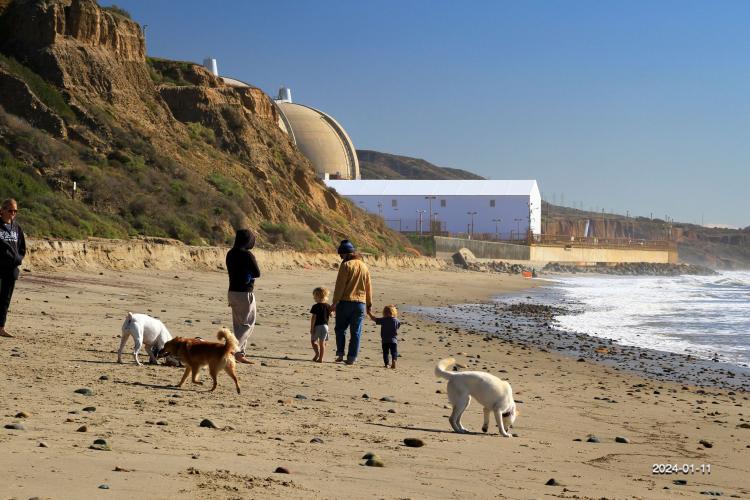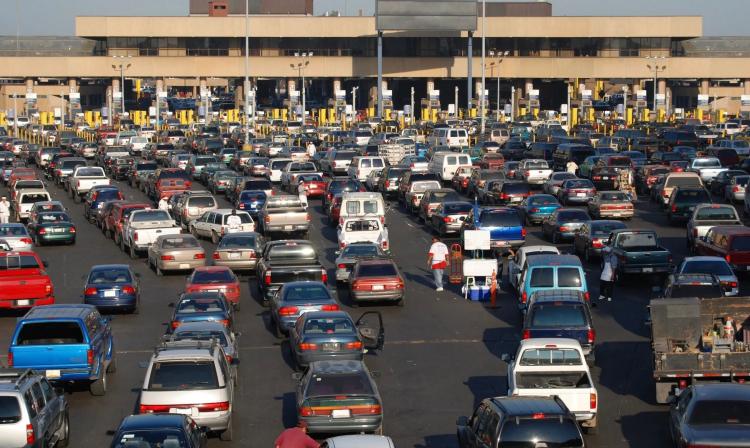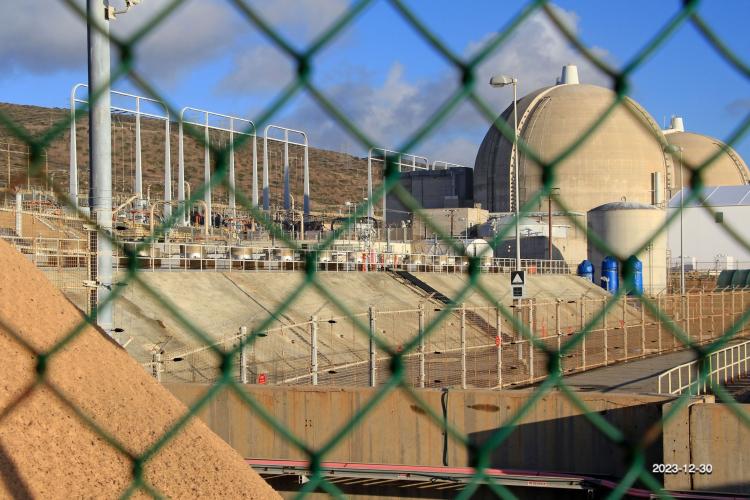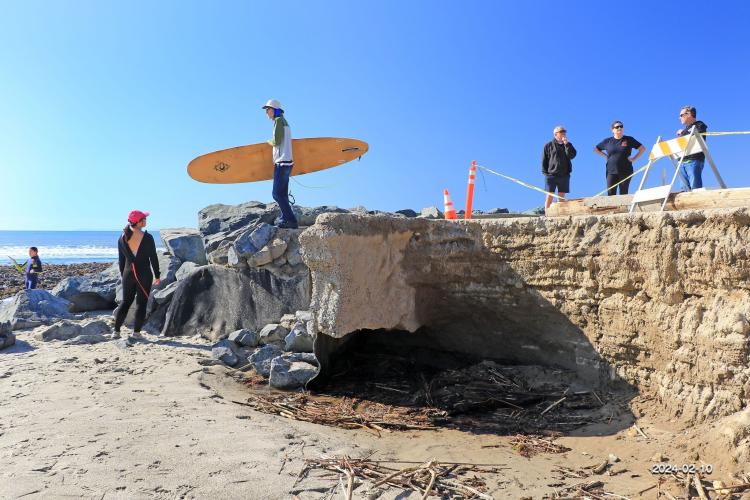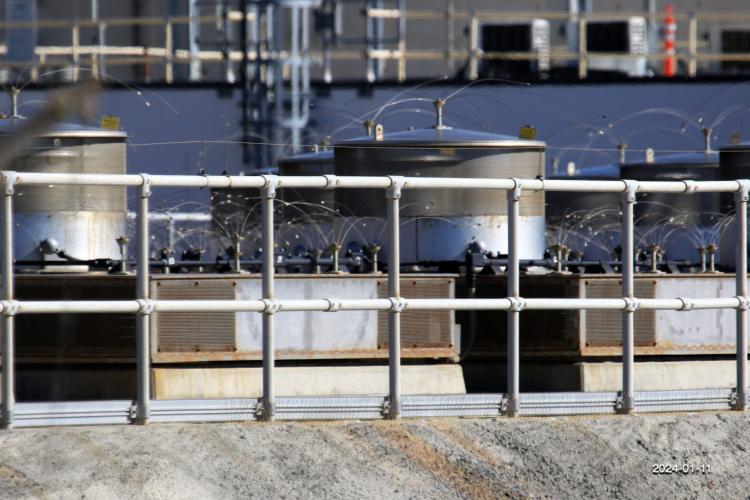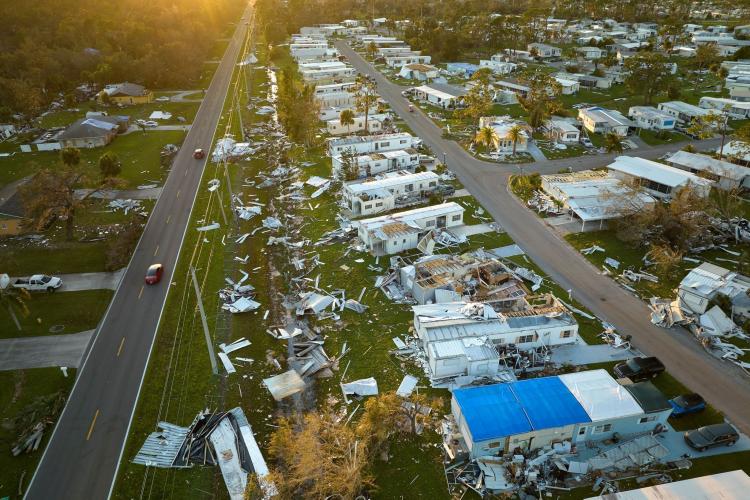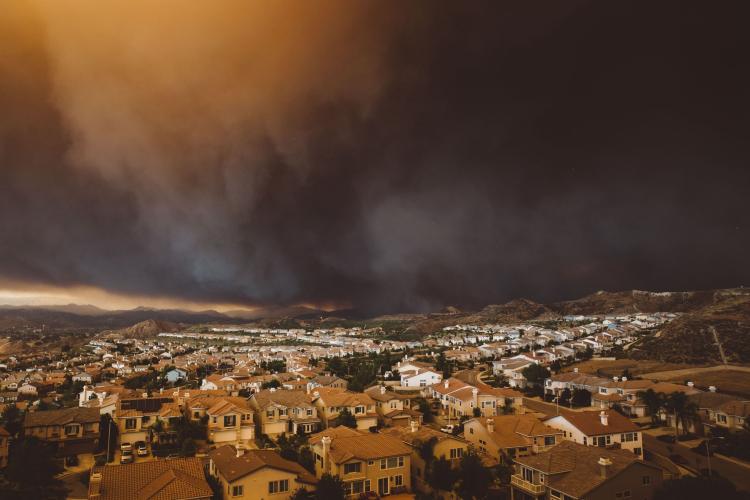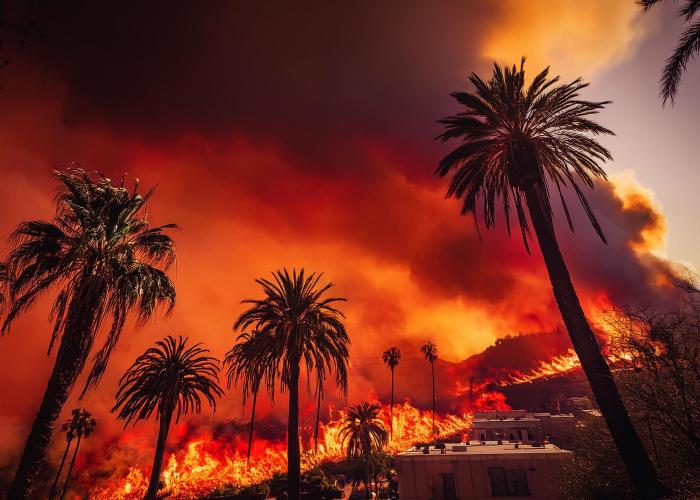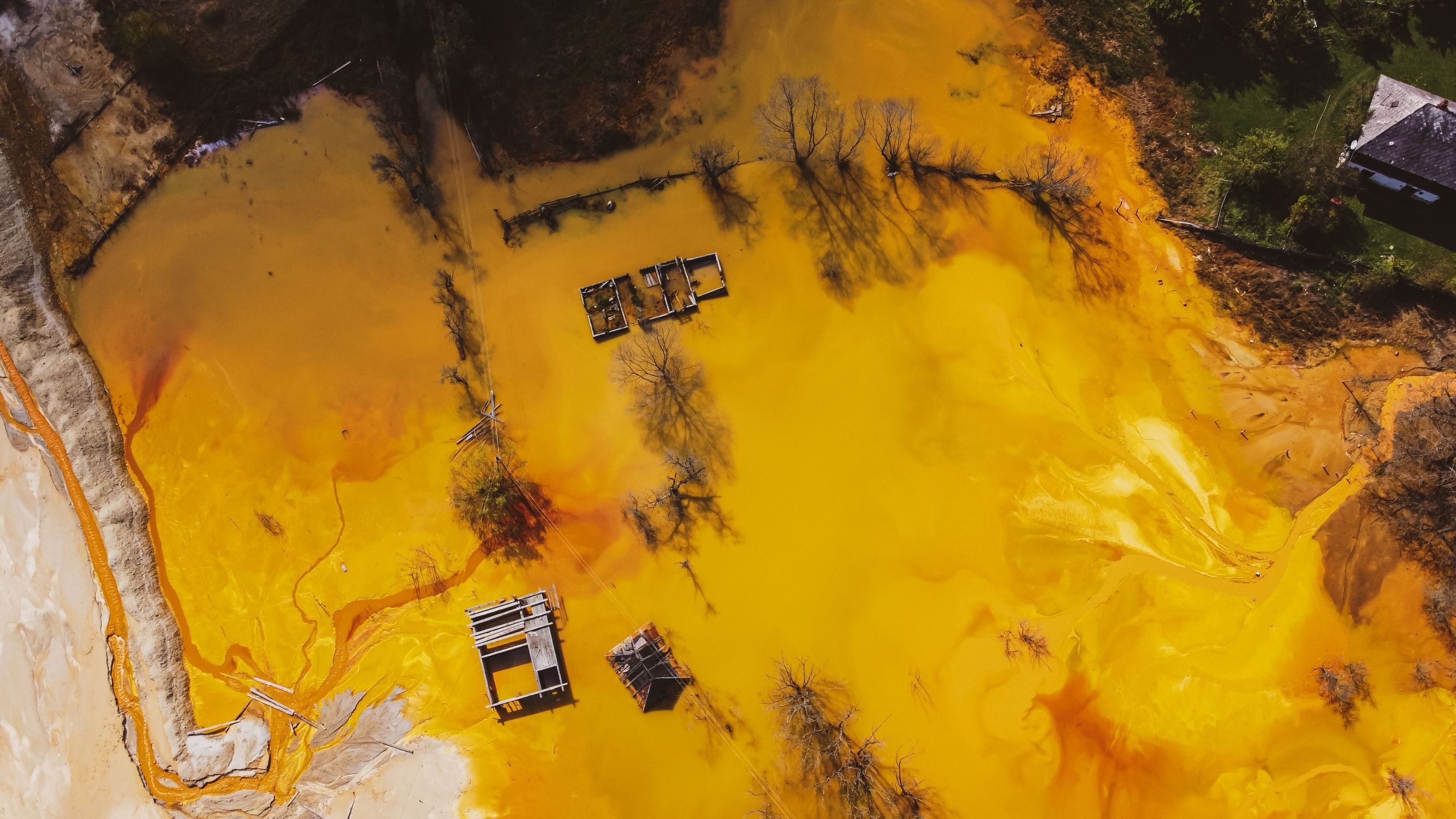
Toxic Waters, Lasting Legacies
#NuclearLegacy #ToxicWaste #EnvironmentalJustice #SamuelLawrenceFoundation
From Romania to Native lands, toxic waste from mining and nuclear projects leaves lasting scars on communities that never chose this burden.
For over eight decades, Indigenous communities worldwide have served as unwilling guardians of humanity's most dangerous industrial legacy. From the uranium mines of Namibia to the nuclear test sites of Kazakhstan, from the Marshall Islands to the Navajo Nation, Native peoples have borne the environmental and health costs of the global nuclear industry while reaping none of its benefits. This pattern of "nuclear colonization" represents a modern form of environmental racism where marginalized communities become expendable in pursuit of national security and energy production. The consequences are measured not just in contaminated soil and water, but in generations of cancer, birth defects, and cultural displacement.
The Human Cost of Nuclear Progress
In Kazakhstan's Semipalatinsk region, over 450 nuclear tests between 1949 and 1989 exposed Indigenous Kazakhs to radiation levels far exceeding global norms. Villages like Makanchi and Urdzhar still show elevated cancer rates and genetic disorders decades later. Despite some cleanup efforts, comprehensive remediation remains elusive, leaving communities to manage ongoing health crises with minimal support.
The Marshall Islands tell a similar story. Between 1946 and 1958, the United States conducted 67 nuclear tests on these Pacific territories, treating them as expendable laboratories. Today, Marshallese people continue suffering from thyroid disease, cancers, and genetic mutations—with inadequate compensation or healthcare access. Large portions of their ancestral lands remain uninhabitable.
Africa's uranium-rich nations—Niger, Namibia, and South Africa—exemplify how resource extraction perpetuates colonial exploitation. Communities near mining operations face elevated radiation exposure and associated health risks while multinational corporations profit. Workers and nearby residents experience higher rates of lung disease and cancer, yet receive minimal protection or compensation.
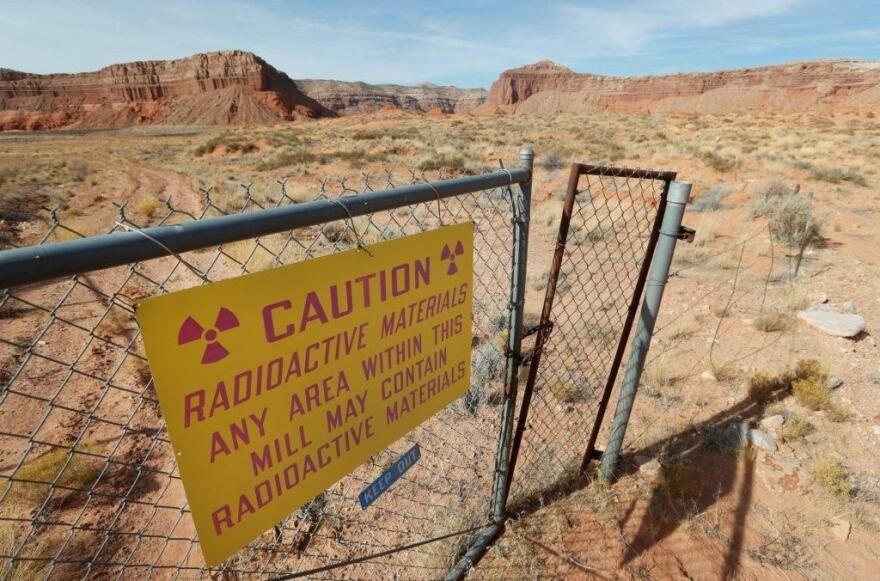
The First Step of Nuclear Colonization
Envato
Uranium mines often sit on Indigenous lands, exposing people to radiation while fueling an industry that profits elsewhere.

The First Step of Nuclear Colonization
Envato
Uranium mines often sit on Indigenous lands, exposing people to radiation while fueling an industry that profits elsewhere.
Closer to Home: The San Onofre Crisis
On California's coast, the San Onofre Nuclear Generating Station stores 3.6 million pounds of radioactive waste just 100 feet from the Pacific Ocean. This aging facility, located near active fault lines and within 50 miles of nine million people, exemplifies how nuclear waste storage decisions prioritize convenience over community safety.
The site's vulnerable dry cask storage system faces corrosion risks and seismic threats, yet no permanent solution exists. Southern California communities—many with significant Latino and Indigenous populations—remain trapped with this toxic inheritance while federal agencies delay action.
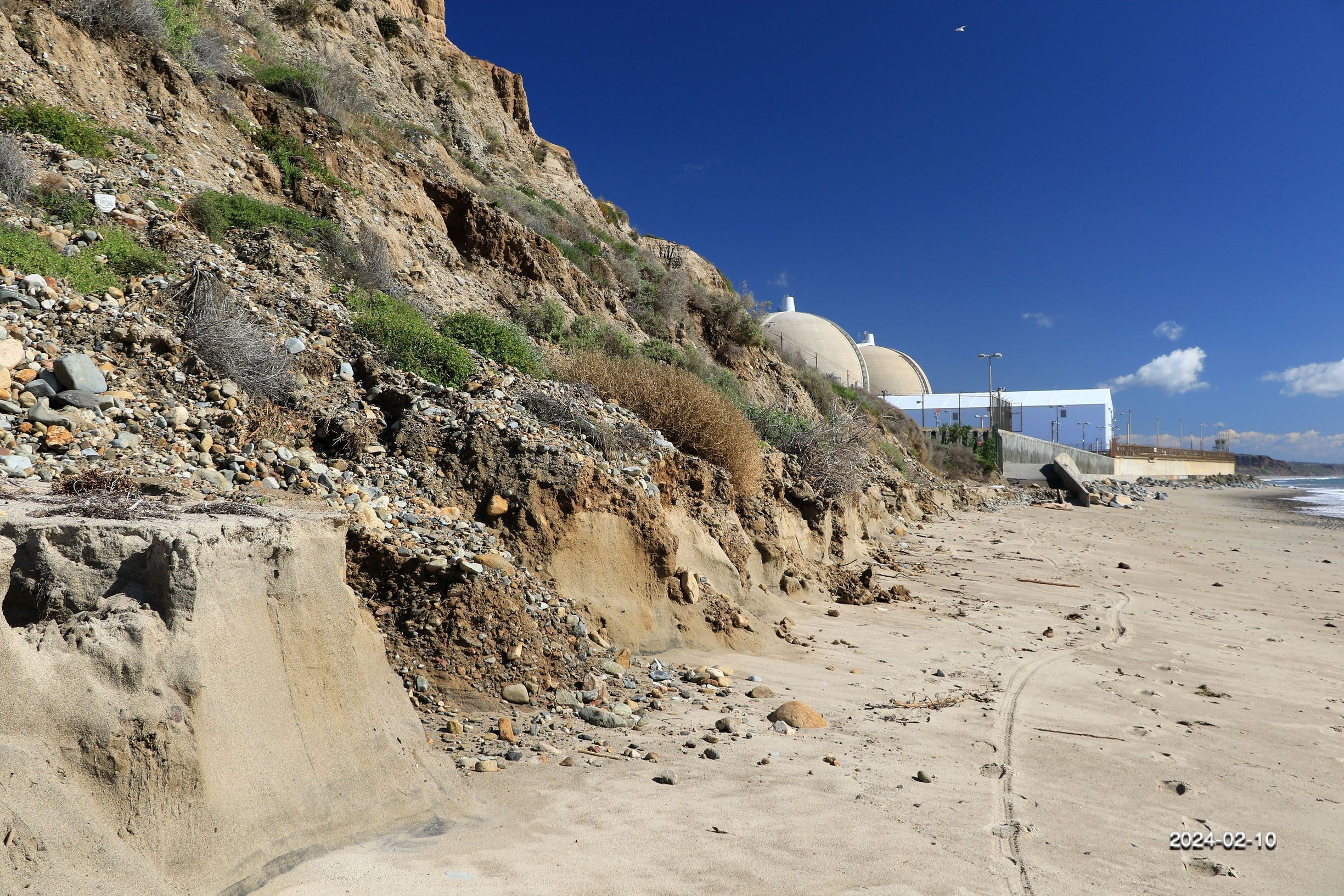
A Paradise Beside Nuclear Waste
Diane Edmonds
San Onofre’s beach draws surfers and families, yet it sits beside decades of stored nuclear waste—an environmental risk hiding in plain sight.

A Paradise Beside Nuclear Waste
Diane Edmonds
San Onofre’s beach draws surfers and families, yet it sits beside decades of stored nuclear waste—an environmental risk hiding in plain sight.
Breaking the Cycle
Addressing nuclear colonization requires fundamental shifts in how governments and industries approach nuclear waste management. Indigenous sovereignty must be respected, not circumvented. Environmental justice principles must guide facility siting decisions, ensuring no community bears disproportionate risk.
International oversight bodies like the International Atomic Energy Agency need binding enforcement powers, not voluntary guidelines. Affected communities deserve meaningful participation in decisions affecting their lands and lives, plus adequate compensation for past harms.
Most critically, the voices of Indigenous peoples—who understand environmental stewardship across generations—must lead conversations about nuclear waste solutions. Their perspectives on long-term thinking and land protection offer wisdom that technocratic approaches have consistently failed to provide.
The nuclear age's environmental debts remain unpaid. Justice delayed for Indigenous communities worldwide continues to be justice denied—a pattern that demands immediate, comprehensive action.
The Samuel Lawrence Foundation advocates for environmental justice and safe nuclear waste solutions. Learn more at samuellawrencefoundation.org
